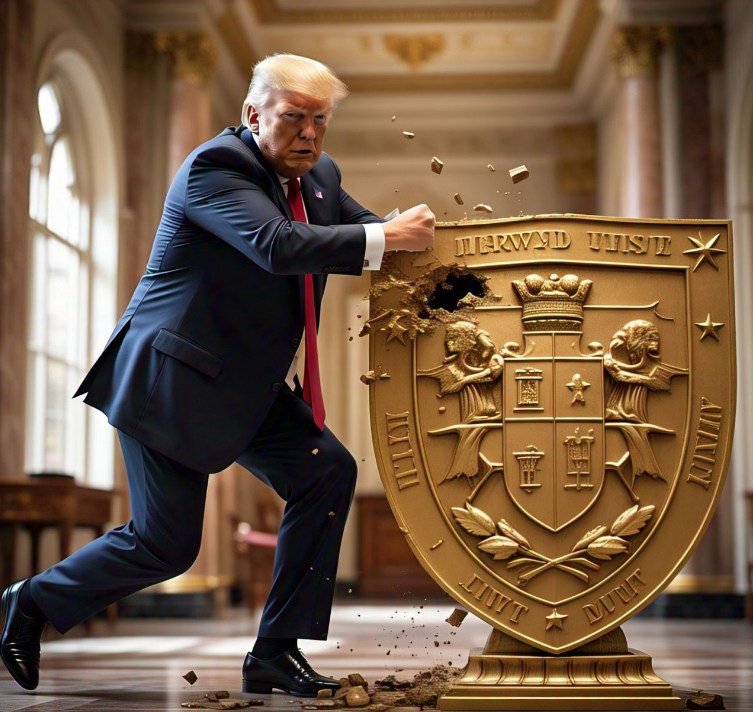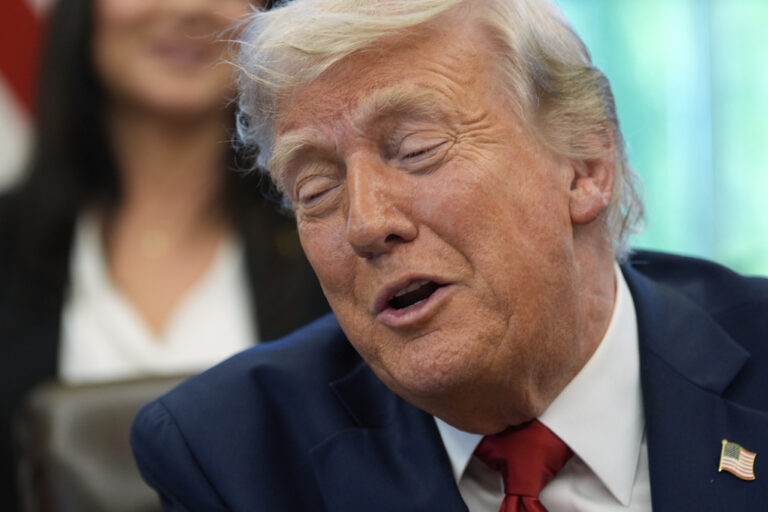Monday was supposed to be a day of modest hope in the U.S.-China relationship. Secretary of State Antony Blinken was going to be in Beijing, meeting with President Xi Jinping in a high-stakes bid to ease ever-rising tensions between the world’s two largest economies.
Instead, Blinken was spending the day in Washington after abruptly cancelling his visit late last week as the U.S. and China exchanged angry words about a suspected Chinese spy balloon the U.S. shot down. As fraught as the US-China relationship had been ahead of Blinken’s planned trip, it’s even worse now and there’s little hope for it improving anytime soon.
Even as both sides maintain they will manage the situation in a calm manner, the mutual recriminations, particularly since the shoot-down of the balloon on Saturday that drew a stern Chinese protest, do not bode well for rapprochement.
The setback comes at a time when both sides were looking for a way to potentially extricate themselves from a low point in ties that has had the world on edge.
White House National Security Spokesman John Kirby noted Monday that Blinken’s trip was delayed, not canceled. But prospects for rescheduling remain uncertain.
“I would put this at a six” on a scale of 10, said Danny Russel, a China expert and former assistant secretary of state for East Asian and Pacific affairs in the Obama administration, on the damage to current diplomatic efforts between the two countries.
“The signals I see suggest that there has to be a pause and a line drawn under the incident but once the drama has gone through its final act, there seems to be every intention to re-engineer a trip by the secretary of state,” said Russel, who is now vice president for international security and diplomacy at the Asia Society Policy Institute.
The administration will be “starting at a serious deficit,” Russel said. “This is a setback but it’s not impossible to see a return. Absent mismanagement, this is recoverable.”
Blinken and senior Chinese officials do plan to attend at least two international gatherings — the Munich Security Conference in mid-February and a meeting of the Group of 20 foreign ministers in India in early March — that could provide venues for renewed engagement.
But the lost opportunity caused by the balloon incident may be difficult to recreate.
It’s not that the U.S. and China don’t talk. It’s that they talk from extremely divergent points of view with very little leeway for either to step back from entrenched positions that are often directly related to political conditions at home.
Military-to-military channels are used, but they have been hindered by increasing Chinese incursions into Taiwanese air defense zones and aggressive actions in the South China Sea. The result is the U.S. has stepped up reconnaissance flights and warship voyages through the Taiwan Strait.
Diplomatic channels remain open, but for several years they have been dominated by disagreements rather than grounds for potential cooperation and they are now crowded by complaints from both sides over the balloon.
President Joe Biden and Xi agreed to Blinken’s visit during a meeting in November in Indonesia. Biden may have been hoping that his top diplomat would return from China with a measure of progress on issues ranging from trade, Indo-Pacific security and climate change to human rights and the status of Taiwan. Instead, he now faces a domestic political maelstrom just ahead of his State of the Union speech to Congress on Tuesday.
Republican lawmakers have been harshly critical of what they say was Biden’s weak response to the presence of the balloon over U.S. airspace. New GOP House speaker Kevin McCarthy’s expected trip to Taiwan this year is likely to be accompanied by new complaints about the administration’s approach.
Meanwhile in Beijing, after initially taking a relatively conciliatory response to the balloon, Chinese leaders have adopted a much tougher position likely in response to nationalistic public reaction. After apologizing for the balloon, which it said was a weather craft that mistakenly strayed into U.S. airspace, China now condemns the downing as an unacceptable violation of international law and standards that has set back the potential for dialogue.
“Blinken’s visit to China had offered a way to stabilize the U.S.–China relationship,” said Da Wei, director of the Center for International Security and Strategy at Beijing’s prestigious Tsinghua University. The postponement has now “greatly reduced” the window for that, he said.
Quite apart from the political implications for both, the developments have laid bare the extremely fragile nature of what many had hoped could be a manageable economic, political and military rivalry.
Tensions between the U.S. and China, notably over Taiwan, have been a source of deep concern for Washington and many of its allies. They worry that overt conflict will crater the global economy and their concerns were exacerbated last year with Russia’s invasion of Ukraine, on which China has largely sided with the Russians.
At the same time, China and the United States have been on a collision course on other matters, including China’s increasing aggressiveness in the South and East China Seas, which have put U.S. allies like Japan, South Korea, the Philippines and Thailand on edge, not to mention Australia and New Zealand.
China’s continued clampdown on pro-democracy activists in Hong Kong, its human rights record in the mainly Muslim western region of Xinjiang, harassment and imprisonment of Christians and other religious minorities elsewhere, and ongoing campaign against Tibetan leaders have all become significant irritants in ties.
Over the last five years, China-U.S. relations have entered a new and worsening phase of confrontation, conflict and competition, said Da, calling the current period a “new kind of Cold War.”
“It’s very different from the Cold War between the U.S. and the Soviet Union, but if we define cold war as the two biggest countries in the world being locked in fierce confrontations and conflicts in a way that doesn’t involve military and wars … we are rapidly moving in that direction,” Da said.
(AP)











